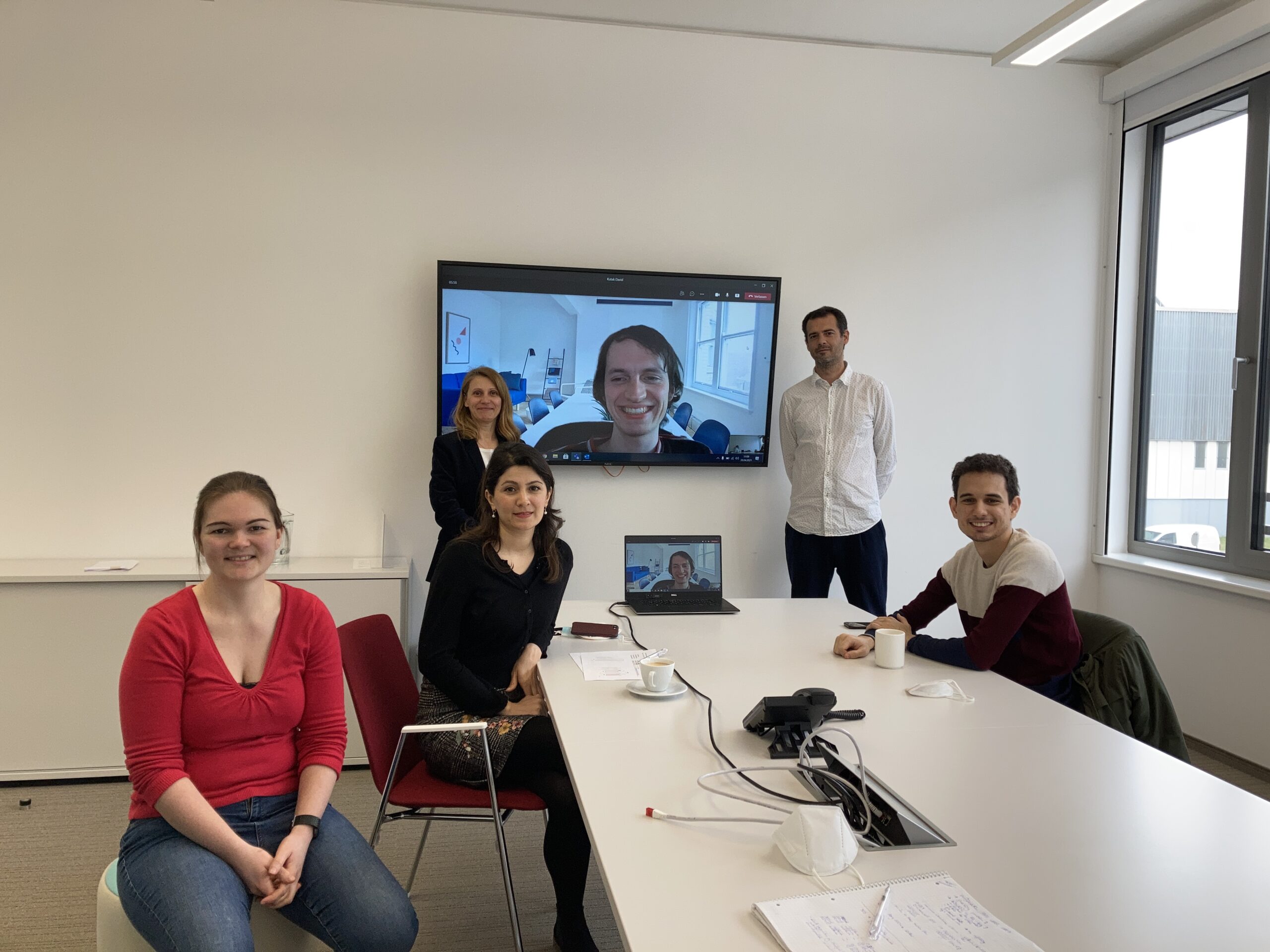Let’s meet the MARILIA Project Coordinator. Interview with Ivan Barisic and Tanja Miletic.
ESTABLISHING A WINNING CONSORTIUM.
HOW TO IDENTIFY YOUR PARTNERS?
First, the core concept needs to be developed and defined. With this in mind, we identify the core competencies and know-how that will be required for the project. When this is done, the ideal partner candidates are first identified within the own network and then based on the literature search we identified the potential partners with publications in the field. The potential participants are then contacted and invited to discuss the core concept of the project – if the common ground is found, and the key competencies are fitting, the candidate is invited to participate in the proposal as a partner.
In the MARILIA project, it was crucial to include partners that will represent the 3 stakeholder groups: technology developers/scientists, potential customers/industrial partners and the exploitation partners. In MARILIA it was effectively done: the technology developers are represented by AIT/RBI/UZ, the potential customers are represented by IR, while the exploitation was entrusted to the partner D1.
ESTABLISHING A CONSORTIUM IS ONE THING, BUT MANAGING PARTNERS DURING ALL THE PHASES AND ALIGNING ALL THEIR OPINIONS AND AKILLS IS ANOTHER.
CAN YOU SUGGEST SOME GUIDELINES?
We have found that the partners’ intrinsic motivation is essential for the success of the project. For it to be properly identified and addressed, it needs to be discussed and carefully evaluated at the very beginning, during the consortium building phase.
The second important factor concerns the individual personality traits within the project team, which must be acknowledged to assure the consortium will function effectively. Ivan likes to say that his “SUPAK” rule applies when he chooses partners: Scientific Unique Professional Ambitious Kind.
WHAT ARE THE SKILLS AND QUALITIES THE COORDINATOR MUST-HAVE?
The Coordinator must be an accomplished scientist and also a good and effective communicator, able to communicate the main project concepts clearly and unambiguously. They must also be able to align their interests with the other partners’ interests and maintain this fine balance throughout the project life, and have these interests aligned with the projects’ objectives and goals at all times. Apart from being result- and solution-oriented, the Coordinator must be supportive and available for consultation and questions, concerns, or suggestions coming from the consortium.
WHAT SHOULD THE EU FOCUS ON IN THE NEAR FUTURE TO CLOSE THE LOOP FROM IDEA/TECHNOLOGY TO THE MARKET?
We hope to see an increase in funding high-risk innovations, as a way to increase the chances for success. The access to funds should be easier, and also the ease of access to the investors (venture capitalists and business angels) is crucial for the researchers. In addition, we feel that it is very important to define and standardize the start-up and spinoff processes by defining upfront the necessary requirements such as IP agreement details, shares to be divided between the entrepreneurs, universities, public bodies, industry partners, etc.
This way time and resources spent in negotiation processes would be saved and the process made far more efficient and transparent.
IMAGINE YOU HAVE A TIME MACHINE THAT ALLOWS YOU A TIME TRIP, 10 YEARS INTO THE FUTURE.
HOW THE MARILIA PROJECT AND ALL INNOVATIONS PROJECT-RELATED HAVE CHANGED THE WORLD?
We hope that MARILIA technology will allow for a cost-efficient and fast on-site testing of water. Especially in the developing countries, this would increase the water safety and reduce food-borne infectious diseases. This would be our contribution towards the world without contaminated water-mediated diseases, such as cholera.


